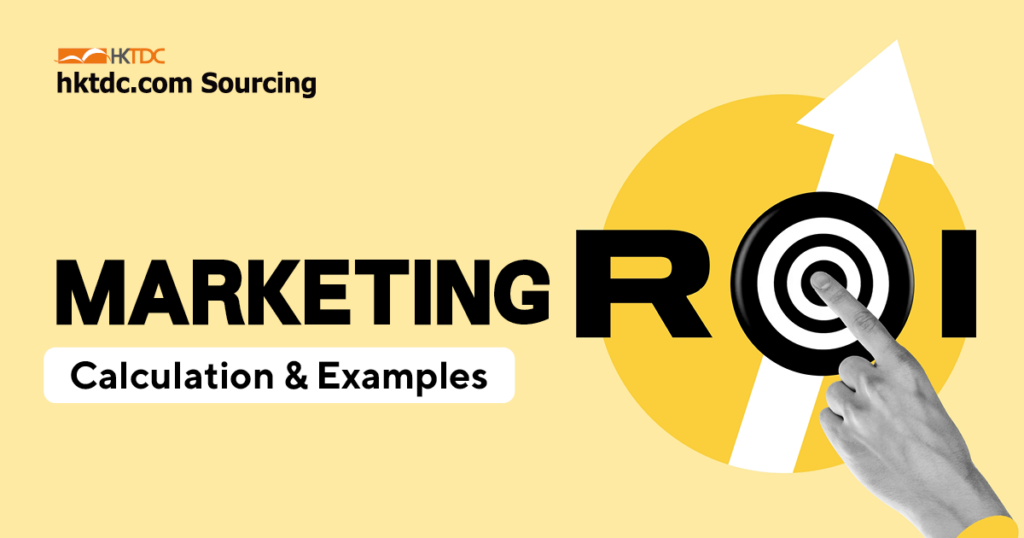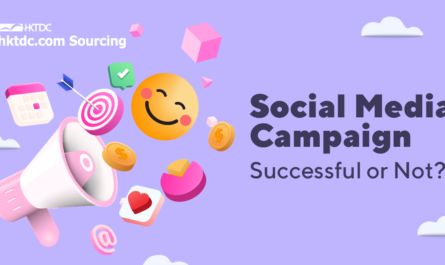Marketing ROI helps assess whether your marketing efforts are working, what needs to change, and where to allocate budget. Here’s how to apply this important metric to different marketing initiatives:
Return on Investment (ROI) is a business term used to describe profitability: the amount of money you spend on a campaign or other initiative compared to the amount you earn from that campaign. The concept basically addresses the question: For every dollar you spend, how much are you generating back?
By understanding the relationship between your marketing costs and the yield of your marketing activities, you can determine if your marketing strategy is working and which marketing investments are most effective.
Calculating ROI
The basic formula is:
(Sales Growth – Marketing Cost) / Marketing Cost = Marketing ROI
Another common way of representing marketing ROI is in the form of revenue to cost ratio, also known as an efficiency ratio. This calculation represents how much an organization needs to spend to earn a profit. Put simply: if your marketing expense is $40 and the revenue yield is $50, the efficiency ratio is 40/50, or 80%. The goal of any company should be keeping this percentage as low as possible. A lower efficiency ratio means you are spending less and making more.

What is "Good" Marketing ROI?
Good ROI is ultimately subjective and will depend on the specific goals your marketing team has set. Negative ROI from a financial standpoint, could be the result of positive ROI when it comes to brand awareness. After brand awareness and increased market share is established, you can turn your attention to generating more sales from your marketing efforts, leading to a positive financial ROI.
Brand awareness is harder to measure, but some metrics that are strong indicators include: UGC (user-generated content), social media followers, social engagement, and email sign ups.
Marketing ROI Applications
While the formula for ROI is straightforward, measuring it accurately has been difficult for marketing teams for decades. Correct and quantifiable attribution for the business revenue that marketing contributes can be incredibly hard to track.
Case 1: Building & Enhancing Brand Awareness
Companies may burn cash for the sake of rapid consumer awareness or market share growth. This is the classic measuring short term hardship against long term gains, and is very common among start-ups.
For instance, a venture-backed app has a US$3 million annual marketing budget and doesn’t expect to be profitable for a couple years, but has begun to generate some revenue (US$250,000) through in-app purchases. The calculation here would be US$3,000,000 – US$250,000, yielding a net negative marketing ROI of -US$2,750,000, or -91%.
Case 2: Lead Generation through Ads
In the world of e-commerce, ads generally follow a standard format and call-to-action to visit the website. You can track the leads generated through UTM links or promo-codes.
Say a T-shirt company pays a podcast US$500/month for two ad reads. They are able to track their traffic and see that the ads have directed 62 leads to the site, and of those 62 leads, 7 made a purchase of US$80, yielding a revenue of US$560. The calculation would be (7 x US$80) – US$500 = US$60.
Plugging these numbers into the marketing ROI formula cited above, we get (560-500)/500 for a marketing ROI of 12%.
Learn More:
This article is originally published by Meltwater:
Meltwater provides social and media intelligence. By examining millions of posts each day from social media platforms, blogs, and news sites, Meltwater helps companies make better, more informed decisions based on insight from the outside. Learn more at meltwater.com.
Marketing efforts will pay off whether advertising or sourcing on our e-Marketplace. Start exploring this trusted platform today:





















